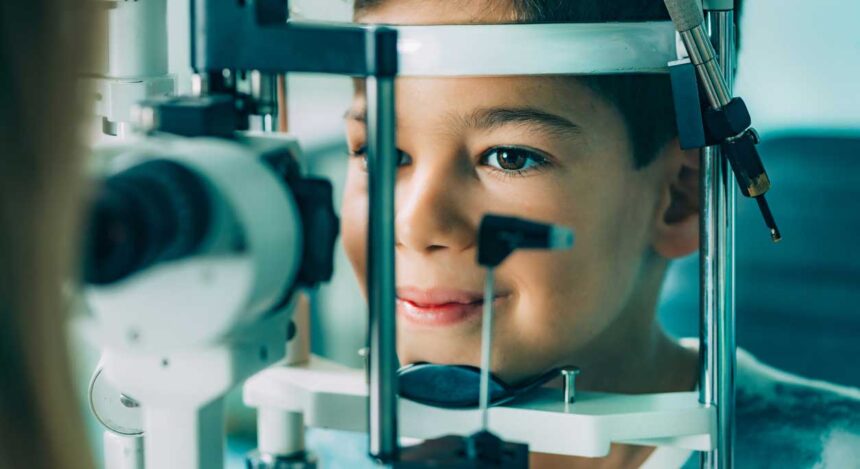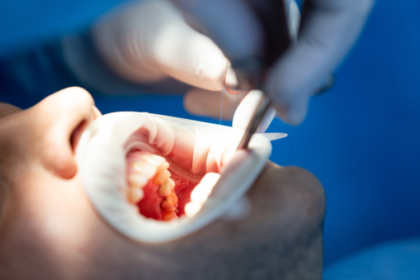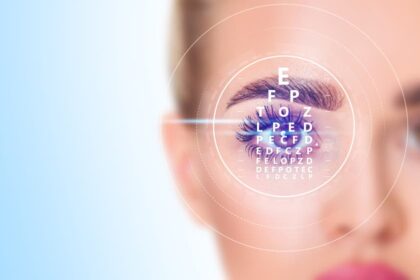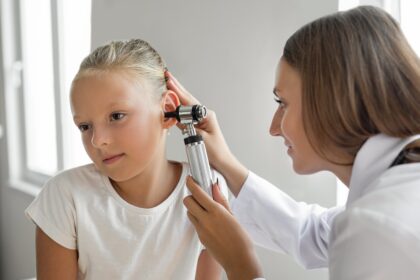Good vision plays a fundamental role in your child’s development, learning, and overall quality of life. Many vision problems can develop during childhood without apparent symptoms, making regular eye examinations a key component of pediatric healthcare. Understanding what happens during an exam can help you prepare your child and recognize the value of this preventive care.
What Is a Pediatric Eye Exam?
A pediatric eye exam is a comprehensive evaluation of a child’s vision and eye health conducted by an eye care professional. This examination assesses various aspects of visual function, including visual acuity, eye alignment, focusing ability, and overall eye health. The exam is specifically designed for children and uses age-appropriate techniques and equipment.
Unlike adult eye exams, pediatric examinations are tailored to accommodate children’s shorter attention spans and developmental stages. Eye care professionals use specialized methods to evaluate vision in children who may not yet be able to read letters or communicate about their vision clearly. The examination includes both objective tests that don’t require verbal responses and interactive assessments that engage children in the testing process.
Why Is It Conducted?
Pediatric eye exams serve multiple purposes in maintaining your child’s eye health and visual development. Early detection of vision problems enables timely intervention, which can prevent more severe complications and promote proper visual development. Many eye conditions, such as amblyopia or strabismus, are most effectively treated when identified during childhood.
Vision problems can impact a child’s academic performance and social development. Children with undetected vision issues may struggle with reading, have difficulty participating in sports, or experience challenges with hand-eye coordination. Regular examinations can identify these problems before they affect your child’s daily activities or school performance.
What Happens During the Exam?
The pediatric exam begins with a comprehensive medical history, during which the eye care professional will ask about your child’s health, development, and any concerns about their vision. You may be asked about family history of eye conditions, pregnancy complications, or any symptoms your child has experienced.
Visual acuity testing assesses how clearly your child can see at various distances. For children who can read letters, this involves reading from an eye chart. Non-verbal children may be tested using picture charts, symbols, or objective methods that measure the eye’s response to visual stimuli without requiring verbal feedback.
The examination may include an assessment of eye alignment and movement. The eye care professional will observe how your child’s eyes work together and track moving objects, which helps identify problems with eye coordination that may affect depth perception or cause double vision. A thorough evaluation of eye health involves examining the internal and external structures of the eye.
What Are the Benefits?
Early detection through pediatric eye exams provides the foundation for successful treatment of many vision conditions. Conditions such as amblyopia, refractive errors, and eye alignment issues may respond more effectively to treatment when identified during childhood. Prompt intervention can prevent permanent vision loss and support normal visual development. Comprehensive exams can also detect severe eye conditions that may not have obvious symptoms.
Schedule an Exam Today
Pediatric eye exams provide a comprehensive evaluation of your child’s vision and eye health. These examinations can detect vision problems early when treatment is most effective and prevent complications that may affect your child’s development and quality of life. Contact an eye specialist to schedule your child’s comprehensive eye examination and take a proactive step in protecting their vision.









